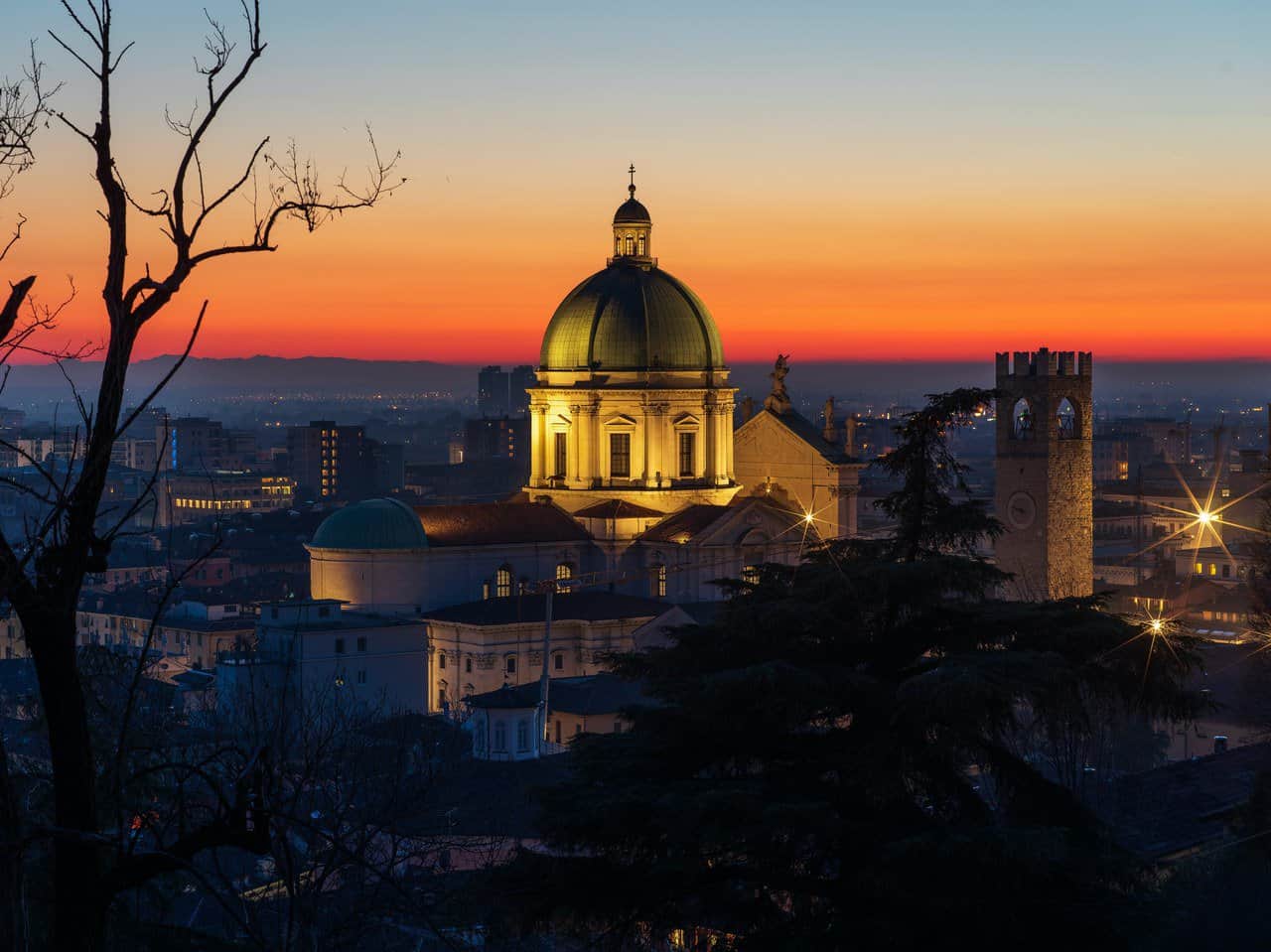Brescia is joint Capital of Culture 2023 so that’s reason enough, but we have 5 more.
1
In 2023, Italy has not one Capital of Culture but two: Brescia and nearby Bergamo. Both these cities in the northern Italian region of Lombardy have their charms, but Brescia, a city in the northern region of Lombardy, Italy seems quieter, less visited by tourists, and it more immediately captured my heart.
There are many accolades: Brescia has a long history spanning more than 3,200 years, fantastic museums, impressive cathedrals and an enviable food scene – it is the ideal European city break destination for a long weekend. Here are my top suggestions:
1. Incredible Roman ruins
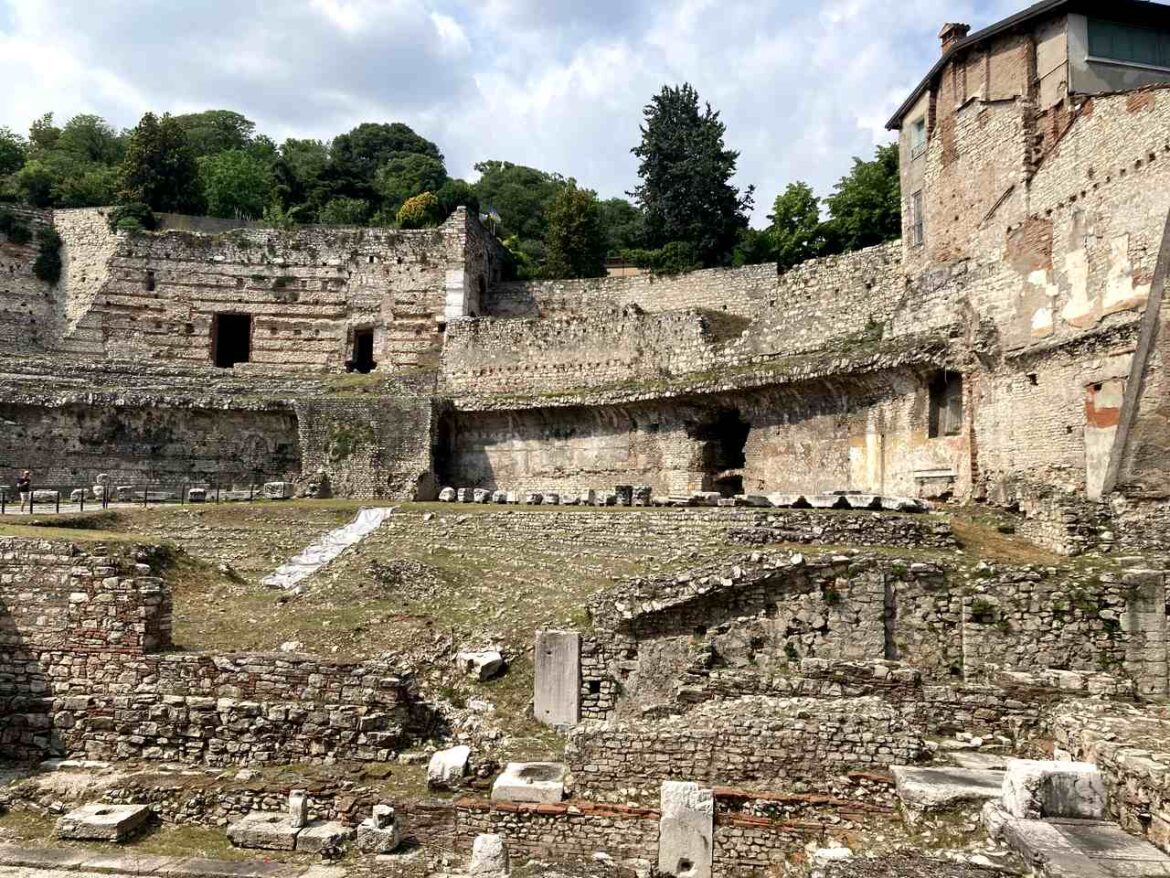
Brixia (now known as Brescia) was a Roman city, which is still evident in the layout of the streets and the proportions of the squares. Pretty much everywhere you walk, you’ll be on top of Roman ruins, and many buildings still standing today incorporate the remains of Roman structures in their foundations.
Right in the centre of Brescia you will find the Capitolium, two well-preserved Roman temples, one of which was built on top of the other. This was the focal point of the Forum from the 1st century BC for about 509 years. The oldest part of the complex is subterranean but has clear similarities with rooms excavated at Pompeii, suggesting that the architects and artisans were following the fashion of the time.
Next door to the Capitolium is Brescia’s Roman theatre, which is already nearly 2,000 years old. It is still being excavated but you can already appreciate the scale of it: it is one of the largest theatres in northern Italy and would probably have accommodated 15,000 spectators. Once the excavations have finished, hopefully within the next five years, the theatre will soon once again host live performances.
Brescia also offers multiple opportunities to learn about domestic life in the Roman Empire. Roman villas with mosaics and frescoes have recently been discovered in the gardens of the Santa Giulia Museum. Some are already open to the public; others still lie buried underneath the museum’s lawns. The new UNESCO Corridor links these outdoor spaces together and is free for everyone to access.
2. Superb museums and galleries
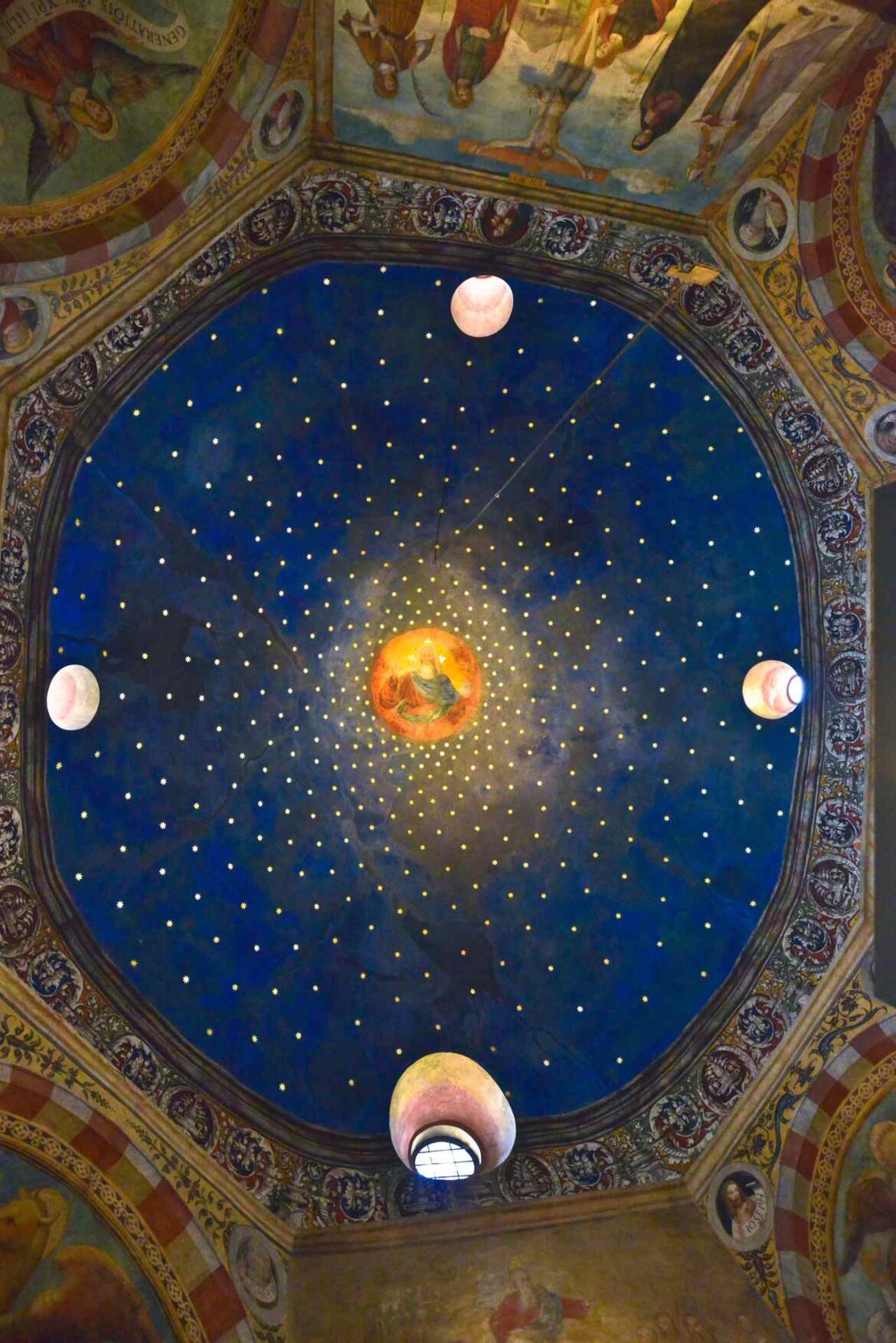
For a small city, Brescia is blessed with its cultural institutions. The Santa Giulia Museum explores Brescia’s history and is situated in a magnificent complex of religious buildings which were once the city’s a Benedictine monastery. They retain many of their original architectural features.
In fact, the buildings are as impressive are the 11,000 artworks and archaeological finds on display inside, as you’ll see when you enter the Church of Santa Maria of Solario.
Here in the vaulted chapel every surface is covered with frescoes by the Renaissance artist Floriano Ferramola. The colours, especially on the star studded lapis lazuli ceiling, are remarkably bright.
A short walk away from Santa Giulia is the Pinacoteca Tosio Martinengo, arguably the best small art gallery in Italy.
The gallery’s interior has been redesigned in collaboration with Anish Kapoor, and the artworks range from paintings by Raphael to delicate examples of Venetian glass. Many of the paintings are by local artists, a reminder of the rich, centuries-long creative output of the city.
3. Stay at Centro Paolo VI
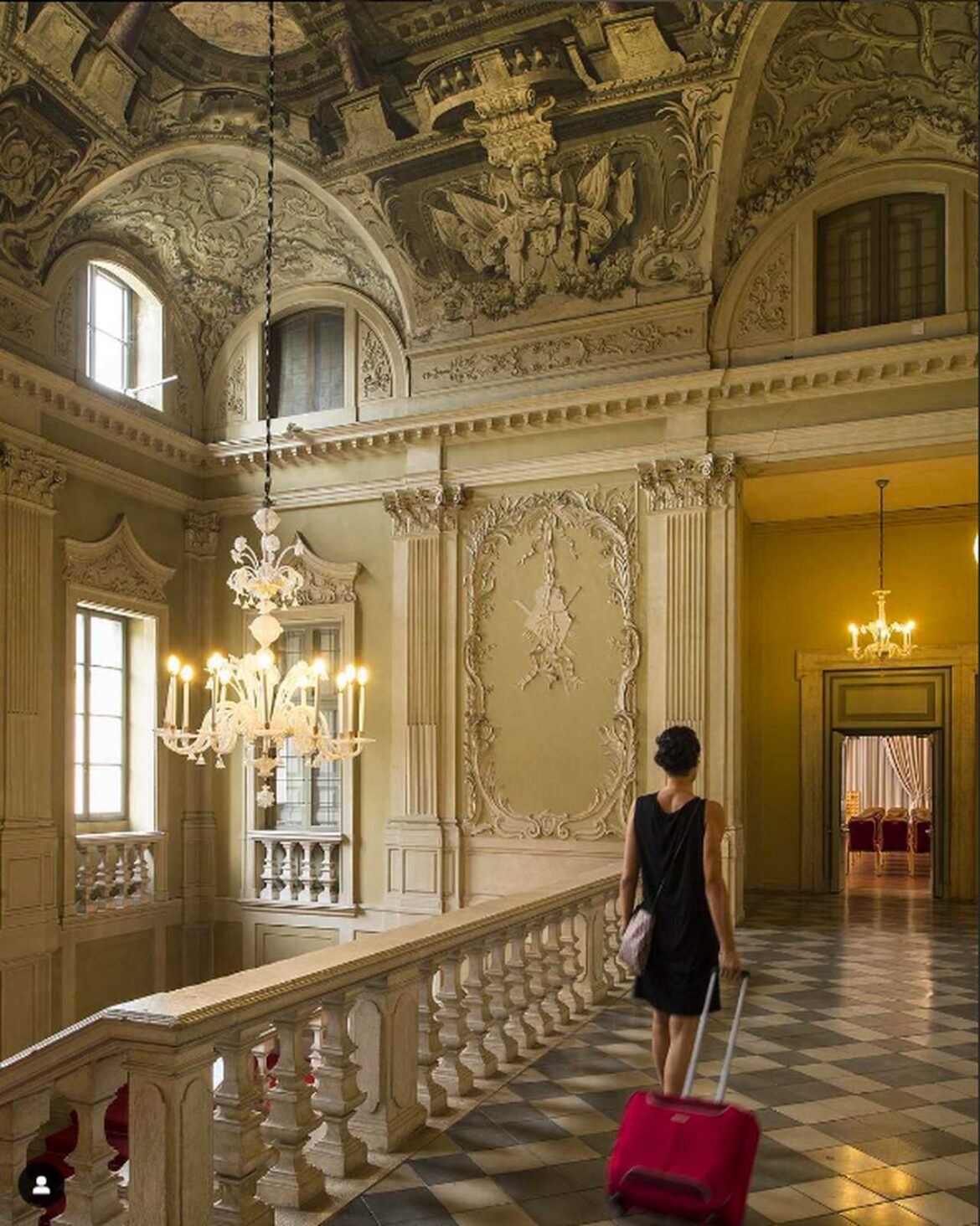
There is no shortage of heritage hotels and B&Bs in historic houses in Brescia, but for an unforgettable experience book a room at Centro Paolo VI.
This grand Baroque building was built as a private residence but later housed a religious order, and it is now run as a not-for-profit hotel and events space.
The guest rooms are simply decorated but at a bargain price, starting from €75 for a double with en suite, and you have access to all the public areas including the ornate Catholic chapel, sweeping staircase, porticoes and courtyard gardens.
4. Delicious local restaurants
Lombardy is a foodie’s delight and the region’s best ingredients make their way onto the tables of Brescia’s restaurants. Many of the restaurants are in the narrow pedestrian streets surrounding the main square, spilling out from historic buildings. In summertime, this is al fresco dining at its best. Pace yourself through multiple courses, starting with cold meats and cheeses, moving on to homemade pasta and perhaps a fish or meat course, and certainly leave room for dessert.
The simple butter-soaked tagliatelle with shaved truffle and cracked black pepper at Oste Sobrio (Via Beccaria 6) will hold a special place in my memory for a very long time.
Note that Friday and Saturday evenings tend to be very busy, so be sure to make a dinner reservation in advance. An alternative if you can’t get a table is to enjoy some of Brescia’s street food.
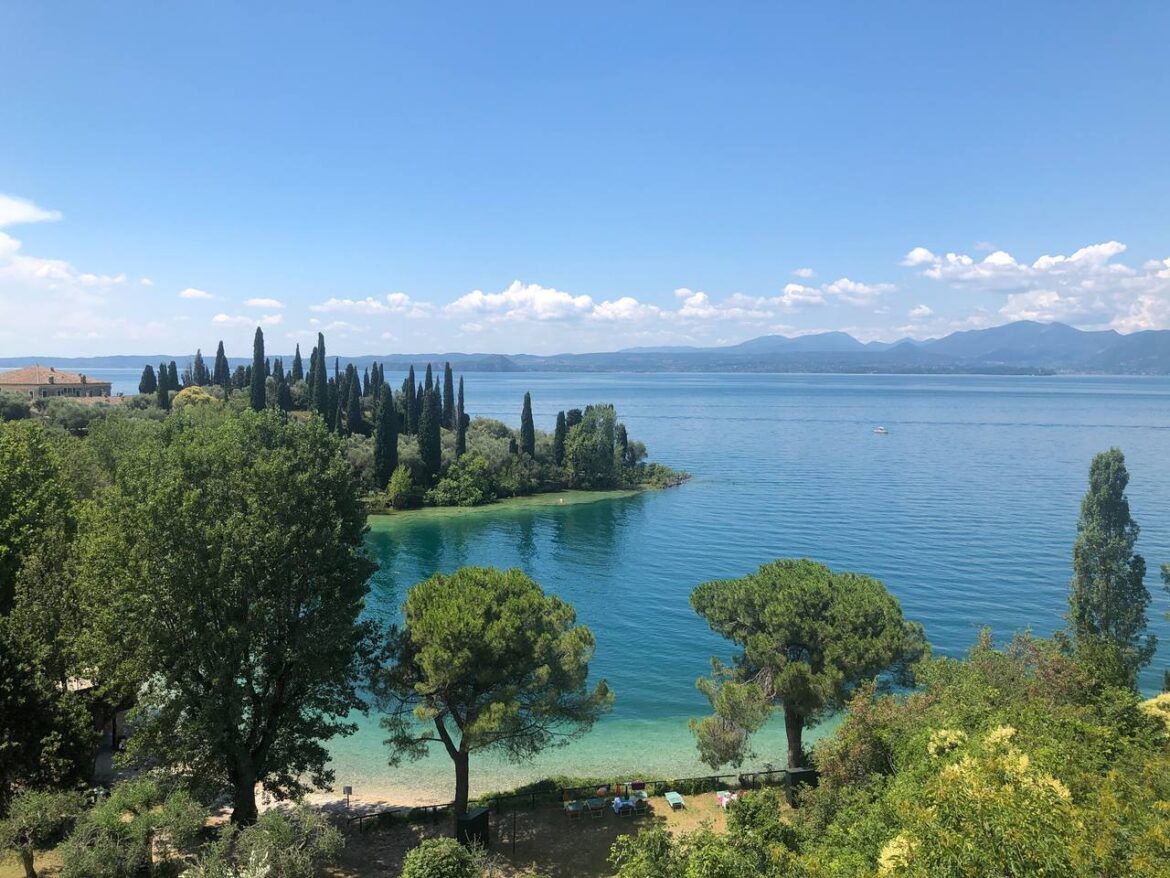
Brescia is well-connected so you can easily explore the surrounding area by public transport or in a rental car. Lake Garda is jaw-droppingly beautiful at any time of year but does become crowded in summer, so either plan to visit in the off-season or be patient with the traffic along the lake shore.
If you head to the northern end of the lake there are far fewer tourists and you can drive the scenic roads at the foot of the Dolomites, admiring the mountain scenery and even spotting alpine wildlife like chamois.

Quieter and equally scenic are the vineyards of Franciacorta, which occupy a small but very fertile microclimate between the mountains and pretty Lake Iseo. Book a tour and wine tasting at the Bella Vista Winery, where the wine cellars run deep underground. Bella Vista is run by oenologist Francesca Moretti, one of the leading female voices in the wine world.
How to get to Brescia
The closest major airport to Brescia is Milan, a 90-minute drive away. However, you might find cheaper flights to Bergamo or Verona, both of which are within easy reach.

